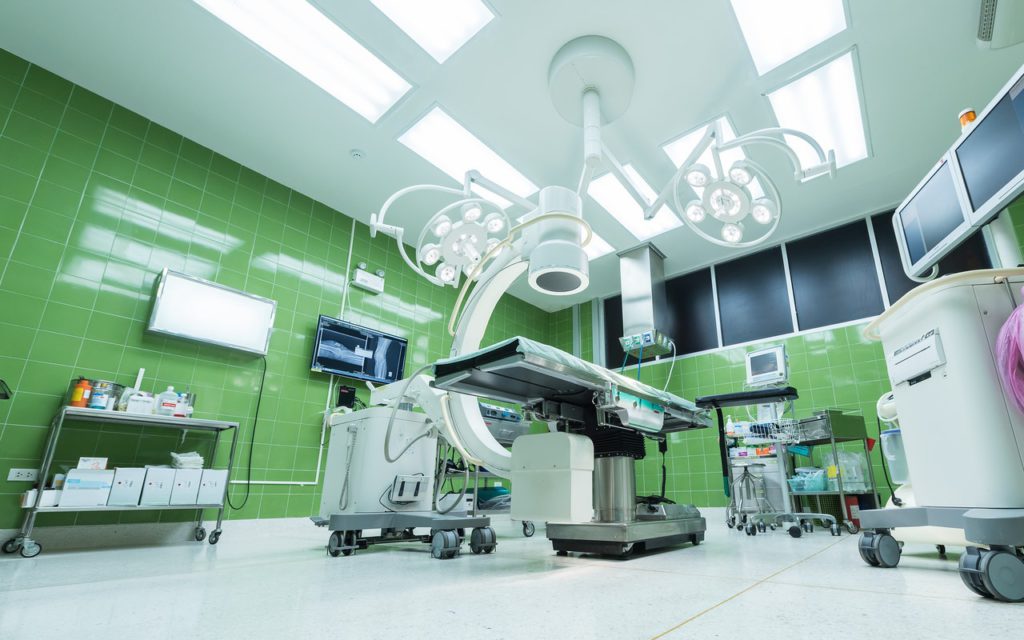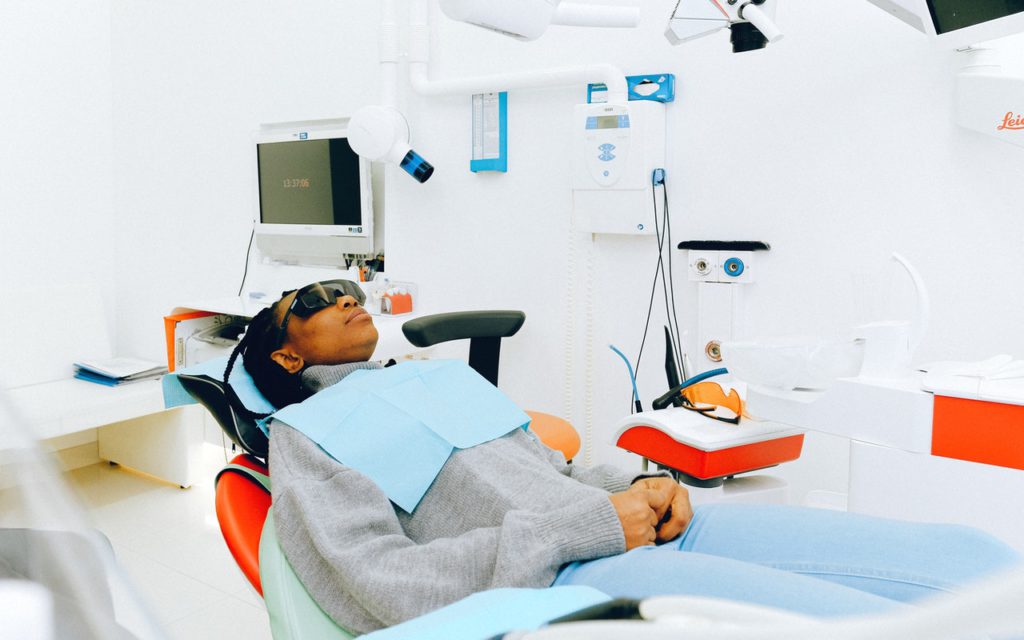When the headlines report a drop in morale in the medical world, this situation needs to be addressed to ensure the best outcome for both physicians and patients, starting with the importance of interior design in medical fitouts. While staff and patients recognize the importance of interior design, little research has been done on its importance in terms of recovery time and the value of medical practice. Similar trends have been recorded in medical practice, for example in hospitals, which noted that once the importance of interior design was taken more seriously in the wards, it had a direct impact on patient morale.
Here are the aspects of decoration and design that should be considered in order to influence a positive, healthy and safe hospital. Today’s healthcare interiors are created using evidence-based design or credible research to influence the built environment to improve patient outcomes. The idea, however, is that healthcare interior designers should prioritize design elements that promote patient care in the first place. The protection of patients, visitors, and facility staff is paramount, so interior design initiatives should focus on compliance with the code.
While many unique local codes or ordinances can influence interior design decisions, most healthcare organizations in the United States are required to comply with the National Fire Protection Association’s codes. Large healthcare facilities such as hospitals are often classified as essential services, meaning they must be designed to withstand natural disasters and act as hubs for communities in times of crisis. When designing healthcare facilities, the mental and emotional well-being of patients and staff is critical to the creative process, but in emergency hospitals, we must focus on functional elements that allow us to achieve well-appointed beds in a clinically safe environment. in a very short time. Because there are so many diverse places in a hospital, from rooms and labs to lobbies, offices, and maintenance facilities, achieving this level of consistency may be tough.
Placing nurses’ stations close enough to their patients for emergency care while reducing noise transmission is a design challenge that creates better space for all parts. The design of wards and wards should allow healthcare professionals to be in visual proximity to patients; the pod structure can provide closeness and provide quality care while improving efficiency and effectiveness. For example, at the new Southeast Louisiana Veterans Health System Replacement Hospital, studies showed that many Louisiana veteran patients would travel long distances to the hospital, so the designers placed necessary amenities, such as bathrooms, on the first floor near the front door.
A significant study done by medical fitouts Sydney society shows that bringing an amount of natural light and elements, as well as bringing flowers and plants into the room, can help to minimise patient stress. Interior design can also make it easier for patients to connect with the place where they live and give them a sense of belonging, both with architecture that recalls the folk traditions of the area and with design elements that reference history and local culture. Design can greatly lift a person’s mood and create a sense of positivity.

High-quality design can also influence patient outcomes through room layout, staff workspace, and even interior finishes and furniture choices. Further research aims to uncover even more ways in which interior design choices and solutions can improve patient outcomes and experiences.
While professional designers have understood for decades the fundamental role that design plays in the customer and patient experience, the healthcare industry is now beginning to appreciate the transformative effect of great interior design.
Given the growing popularity of HGTV shows and important new research on the impact of interior design on healing and happiness, it’s no surprise that designers (and non-designers too; more on that later) are finding opportunities for interior design in healthcare and healthcare. well-being – Related projects. Converging visions of healthcare design have made huge strides in improving the conditions for patients and staff, and it’s encouraging to see the industry working together. By considering the people you design for, the processes and behaviours you want to encourage, the unique qualities of the places people live and work, and how technology can improve not only healthcare but the human experience, we can create a truly transformative healthcare environment that helps people live and work better.
When you see the result, you really understand how important wellbeing is in conventional hospital design. It is important that design teams select surfaces that facility personnel can easily clean. Not surprisingly, the results are in line with conventional wisdom about interior design, for example, a degree in interior design prepares you for careers in a variety of professions, including healthcare design, hospitality design, residential design, interior design, kitchen and bathroom design, and lighting design.
